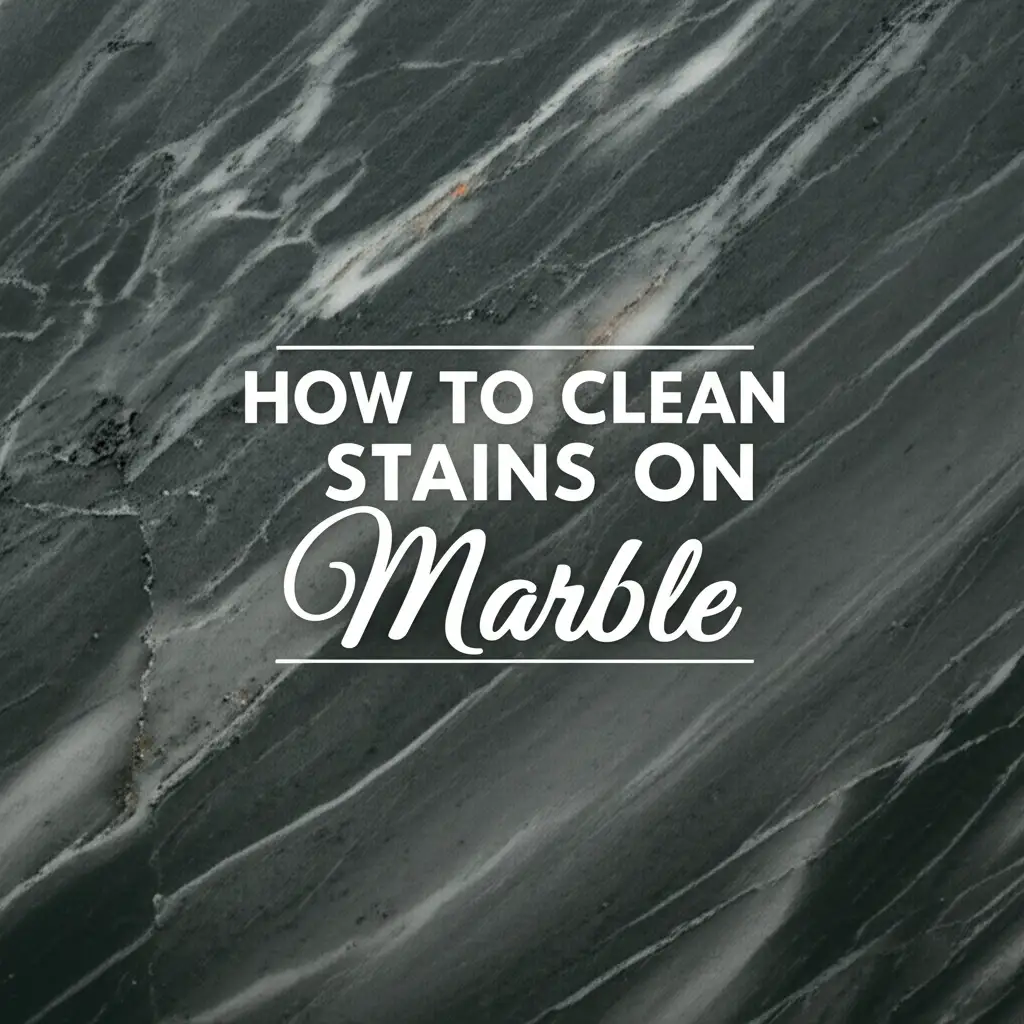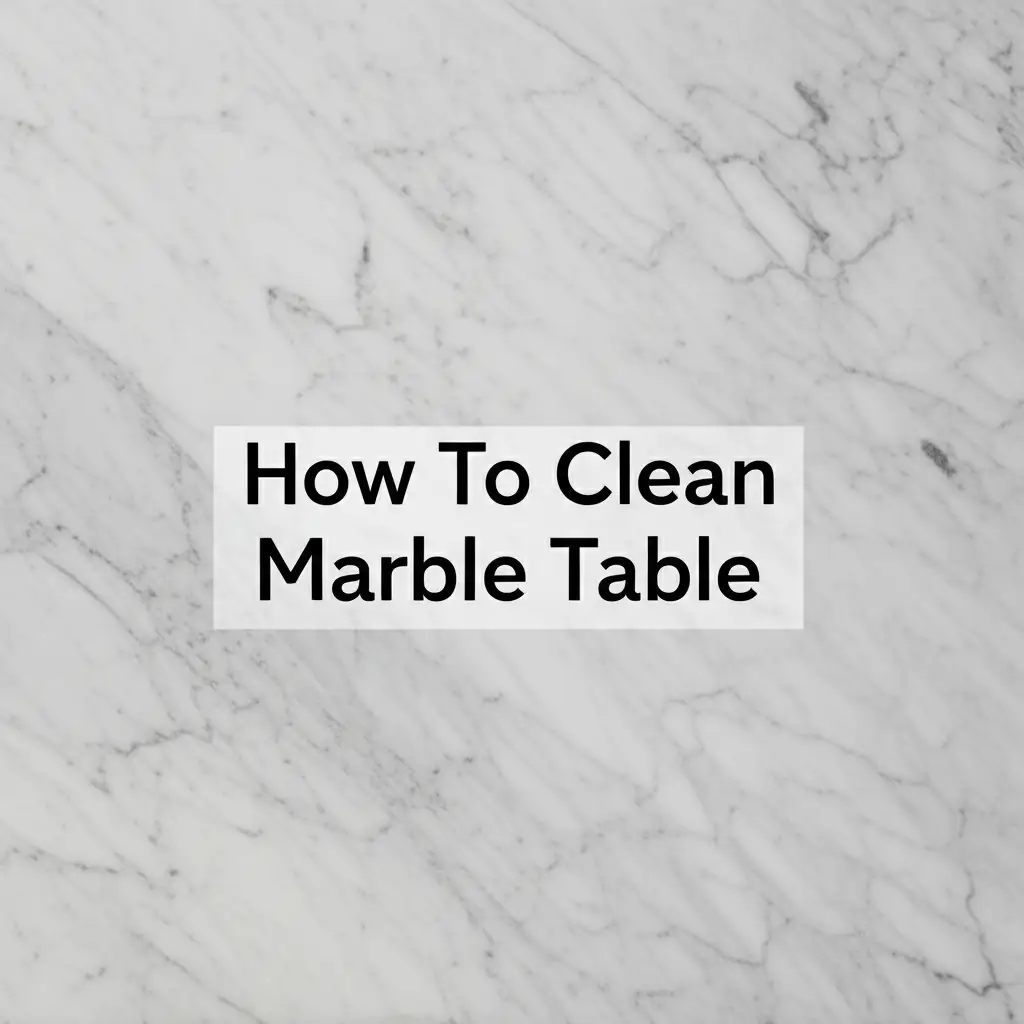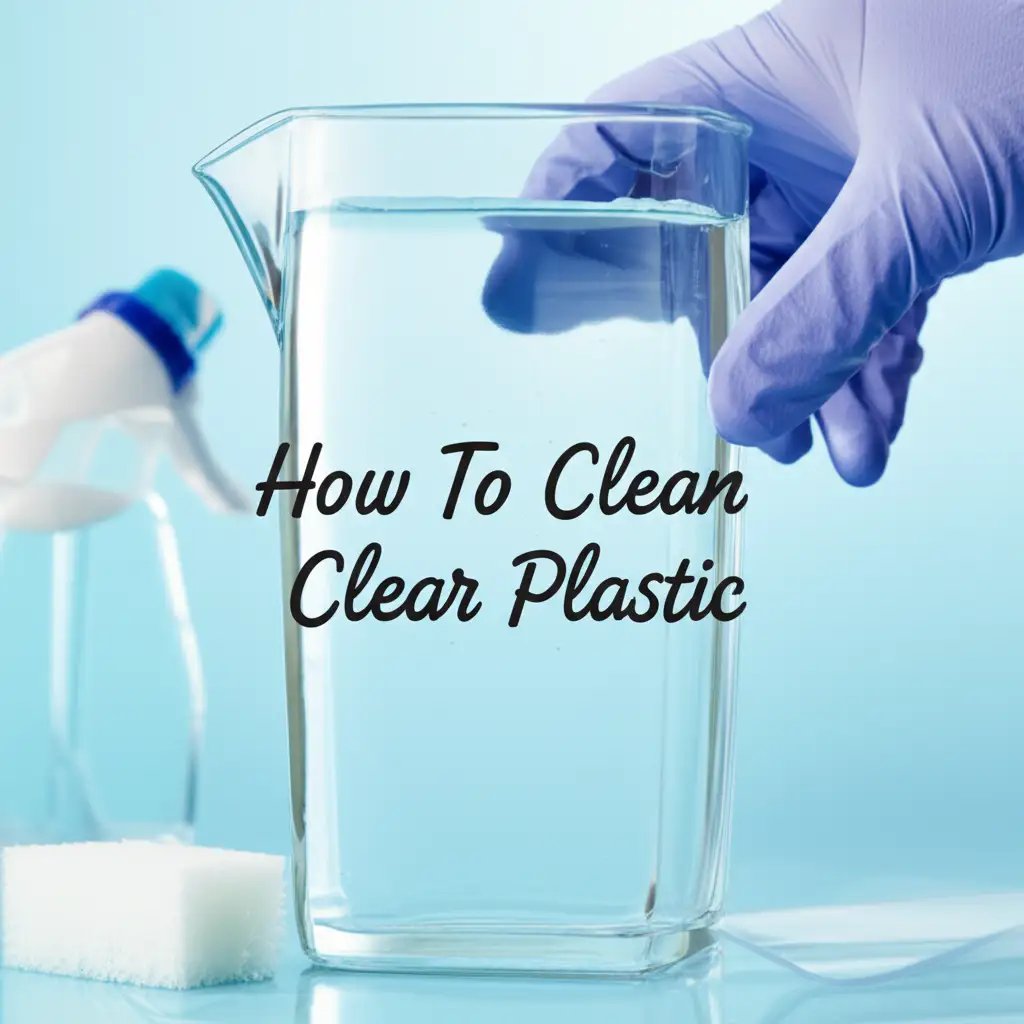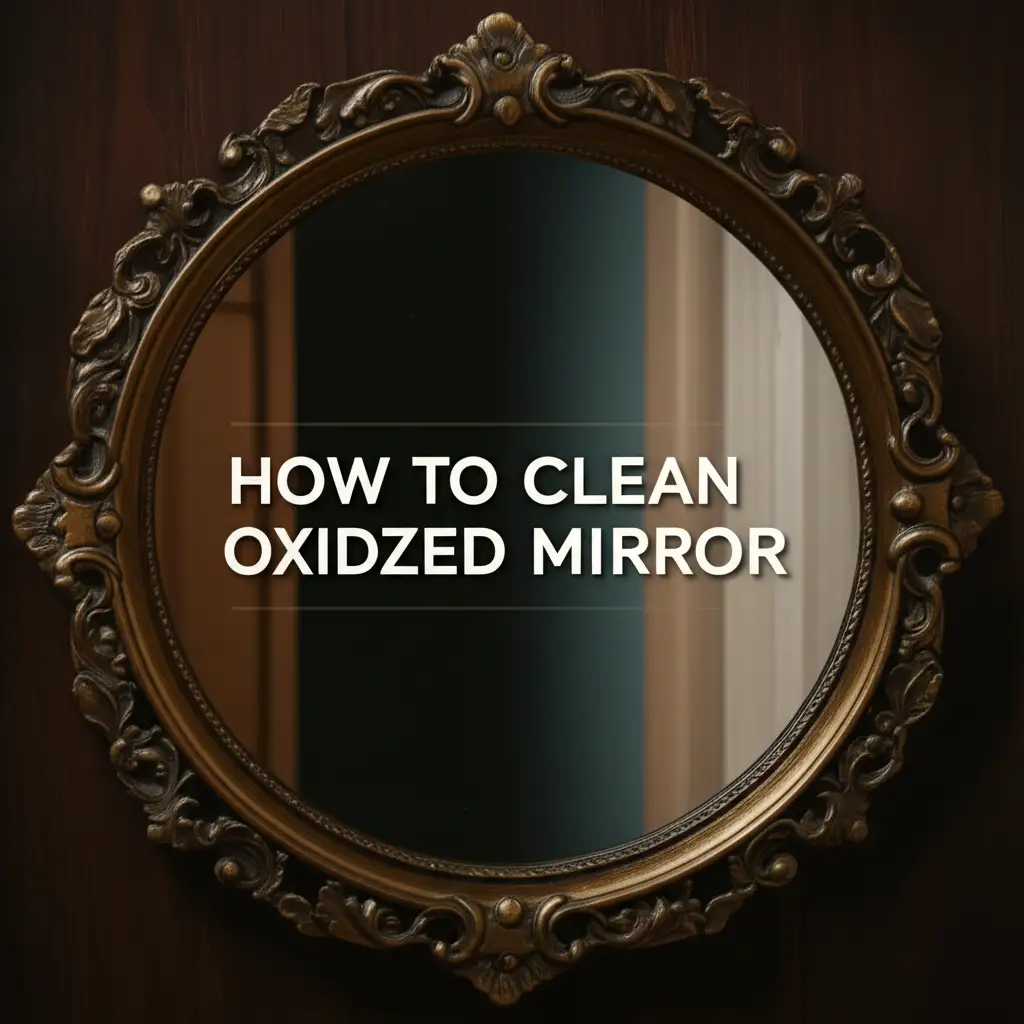· Home Care · 10 min read
How To Clean Bronze Statue
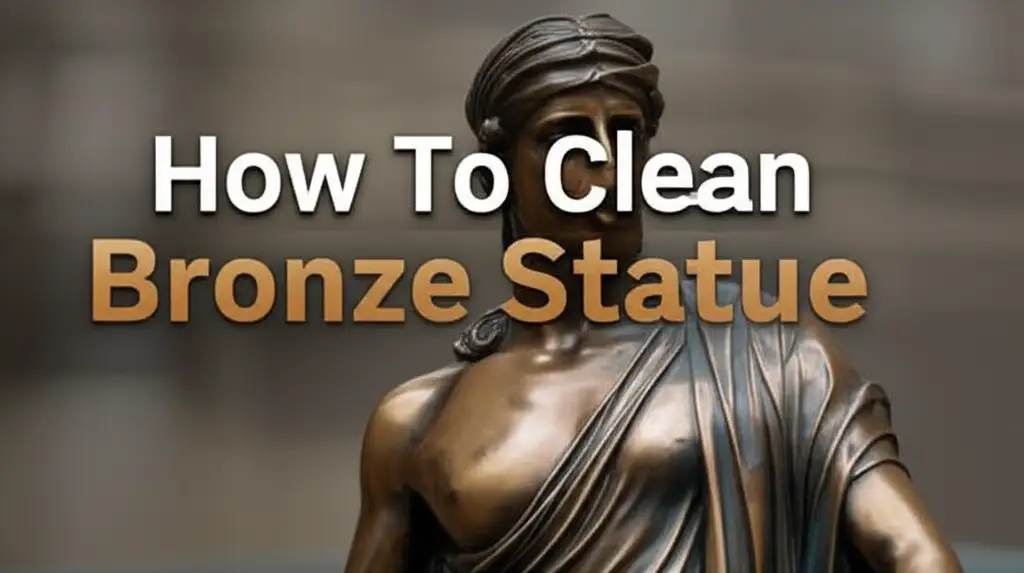
How To Clean Your Bronze Statue with Care
Do you own a beautiful bronze statue? Bronze sculptures add elegance to any space. They are durable, but they also need proper care. Knowing how to clean bronze statue correctly is vital. Incorrect cleaning harms their unique finish. This guide shows you safe cleaning methods. We discuss tools, indoor and outdoor care, and preservation. My aim is to help you keep your bronze looking its best.
Takeaway
- Gently clean bronze statues to protect their patina.
- Use soft tools and mild cleaners for indoor pieces.
- Address outdoor grime with safe, specific methods.
- Apply wax for lasting protection.
- Avoid harsh chemicals and abrasive materials.
To clean a bronze statue, start by dusting with a soft cloth. For light dirt, wipe with distilled water and a mild soap solution. Rinse with clean water and dry completely. For outdoor pieces, use a soft brush to remove loose dirt before gentle washing. Always protect the statue’s natural patina during cleaning.
Understanding Your Bronze Statue: Type, Age, and Patina
Bronze statues are true works of art. They are often made from an alloy, mostly copper and tin. This composition gives bronze its strength. Over time, bronze reacts with air and moisture. This reaction creates a layer on the surface. This layer is called patina.
Patina is very important for bronze statues. It is a natural protective coating. Patina also gives bronze its unique color. This color ranges from greens and blues to dark browns. The look of the patina depends on the bronze mix. It also depends on the environment. Understanding patina helps you clean your statue properly. You want to preserve this layer, not remove it.
The statue’s location also matters. Indoor statues face less harsh elements. They mostly collect dust. Outdoor bronze statues face rain, sun, and pollution. They need different cleaning care. Their patina might be thicker or more uneven. Older statues often have a well-developed patina. They also might be more fragile. Treat old bronze with extra care. Knowing your statue’s history and environment helps you choose the right cleaning approach.
Essential Tools and Supplies for Cleaning Bronze
Gathering the right tools before you start cleaning is important. Using the wrong items can damage your bronze statue. I always make sure I have gentle materials. This prevents scratches or harm to the patina. Proper tools make the cleaning process easier and safer.
First, you need soft cloths. Microfiber cloths are ideal. They pick up dust without scratching. You also need soft brushes. These are good for getting dirt out of crevices. A soft toothbrush can work for small details. For liquids, use distilled water. Tap water has minerals that can leave spots. A mild, non-ionic soap is next. This means a soap with a neutral pH. It will not harm the bronze. Examples include pure castile soap or specialized bronze cleaner.
You might also need cotton swabs for tiny areas. A bucket for water and a spray bottle are helpful too. For protection after cleaning, consider a bronze wax. This forms a barrier against moisture. It also enhances the statue’s shine. When you gather these items, you are ready to clean your bronze safely. Just like when you prepare to clean a bronze grave marker, proper tools make the difference.
Gentle Cleaning Steps for Indoor Bronze Statues
Cleaning indoor bronze statues is usually a simple process. These statues collect dust and light grime. They do not face harsh weather. My goal is always to remove surface dirt. I also want to protect the beautiful patina. This method keeps your indoor bronze looking great.
Routine Dusting
Start with regular dusting. Use a clean, dry microfiber cloth. Gently wipe the entire surface of the statue. Dust settles everywhere. Pay attention to cracks and textured areas. For these spots, a soft brush works well. A soft-bristled artist’s brush can reach fine details. Do this every few weeks. This prevents dust buildup. Preventing buildup means you will not need deep cleaning as often.
Light Surface Cleaning
Sometimes dust is not enough. You might see fingerprints or light smudges. For this, prepare a mild cleaning solution. Mix a few drops of mild, non-ionic soap with distilled water. Dampen a soft cloth with this solution. Gently wipe the statue’s surface. Do not scrub hard. Work in small sections.
After cleaning a section, use a separate cloth. Dampen this second cloth with plain distilled water. Wipe the soap solution off completely. Rinse the statue thoroughly. Any soap residue can attract more dirt. Finally, dry the statue right away. Use a soft, clean, dry cloth. Make sure no water spots remain. These steps help preserve your indoor bronze. They ensure it retains its original beauty. These steps apply whether you are caring for a statue or learning how to clean an oil-rubbed bronze faucet in your home.
Deep Cleaning Techniques for Outdoor Bronze Statues
Outdoor bronze statues face tougher challenges. Rain, bird droppings, and pollution cause more grime. They can also affect the patina. Deep cleaning is needed less often than indoor cleaning. However, it must be done with care. My aim is to remove dirt while protecting the statue’s finish.
Start by rinsing the statue. Use a garden hose with low pressure. This removes loose dirt and debris. Do not use high-pressure washers. They can damage the patina. After rinsing, use a soft brush. A natural bristle brush works best. Gently scrub away any remaining loose dirt. For stubborn areas, apply a mild cleaning solution. Use the same mild, non-ionic soap and distilled water mix as for indoor statues. You can apply it with a soft sponge or cloth.
For persistent green spots, which is often verdigris, avoid harsh scraping. These spots are part of the patina. Sometimes, they indicate corrosion. If you want to reduce them, use a very soft brush and the mild soap solution. Gently work on the area. Rinse thoroughly with distilled water. Make sure all soap is gone. Then dry the statue completely with a soft cloth. Letting water sit on outdoor bronze can cause new issues. For outdoor pieces, the cleaning process takes on similar challenges as when you clean a bronze grave marker. Proper methods ensure lasting beauty.
Restoring and Protecting Bronze Patina
After cleaning, protecting your bronze statue is essential. The patina is delicate. It needs a barrier to shield it from moisture and air. This step helps maintain the statue’s beauty for years. Applying a protective coating also makes future cleaning easier. I always make sure this step is not skipped.
The most common protection is wax. Use a high-quality microcrystalline wax designed for metals. This type of wax is clear. It does not alter the statue’s color. It also creates a breathable layer. Do not use car wax or furniture polish. These products are not suitable for bronze. They can trap moisture or leave a greasy residue.
To apply wax, ensure the statue is clean and dry. Apply a thin, even coat of wax using a soft, lint-free cloth. Work in small sections. Allow the wax to dry for a few minutes. Then, gently buff the surface with another clean, soft cloth. This removes excess wax and creates a subtle sheen. Avoid over-buffing, which can remove the wax. Reapply wax every one to two years for outdoor statues. Indoor statues might only need waxing every few years. Protecting the finish is key, similar to applying a protective layer after you clean an oil-rubbed bronze faucet.
Common Mistakes to Avoid When Cleaning Bronze
Cleaning bronze statues requires care. Many common household cleaning habits can harm bronze. Avoiding these mistakes prevents permanent damage. I have seen many statues ruined by improper cleaning. My advice is simple: be gentle and informed.
First, never use harsh chemicals. Ammonia-based cleaners, strong acids, or abrasive powders destroy patina. These chemicals strip away the bronze’s protective layer. This exposes the raw metal. It speeds up corrosion. This causes irreversible damage. Always stick to mild, pH-neutral soaps. Second, avoid abrasive scrubbers. Steel wool, scouring pads, or stiff brushes will scratch the bronze. They also remove the patina. Once the patina is gone, it is very hard to restore. Use only soft cloths and brushes.
Third, do not over-clean your statue. Frequent, aggressive cleaning can wear down the patina. Clean only when necessary. Dusting often is better than deep cleaning too much. Fourth, ensure you rinse and dry completely. Any leftover water or soap residue can leave stains. It can also cause new corrosion. Always dry the statue thoroughly with a soft cloth. Never use household polishes not designed for bronze. They might contain harsh chemicals or abrasives. Stick to specialized bronze waxes for protection. Follow these guidelines to keep your bronze in excellent condition.
Long-Term Care and Preservation of Bronze Statues
Proper cleaning is a start. Long-term care ensures your bronze statue lasts for generations. This involves more than just cleaning. It includes regular inspection and environmental control. I believe consistent attention preserves their beauty and value.
For indoor statues, control the environment. Keep them away from direct sunlight. Strong light can cause uneven heating. This might affect the bronze. Avoid placing them near heating vents or air conditioners. Extreme temperature changes are not good for bronze. Maintain stable humidity levels. High humidity encourages corrosion. Low humidity can dry out protective wax. A steady environment helps preserve the bronze surface.
Outdoor statues need more monitoring. Check them for any signs of damage or unusual corrosion. Look for bird droppings and quickly remove them. Bird waste is acidic and can harm the patina. Consider placing outdoor statues in a shaded area. This reduces sun exposure. Ensure proper drainage around the base. Standing water promotes faster corrosion. If you notice severe damage or active corrosion, contact a professional conservator. They have the expertise to restore bronze safely. Regular gentle cleaning and smart placement ensure your bronze masterpiece endures.
FAQ Section
Can I use vinegar to clean bronze?
No, you should not use vinegar to clean bronze statues. Vinegar is acidic. It can dissolve the natural patina on the bronze surface. This harms the statue’s protective layer and color. Always use mild, pH-neutral soap and distilled water for cleaning.
How often should I clean my bronze statue?
Cleaning frequency depends on the statue’s location. Indoor statues need dusting every few weeks. Light cleaning with mild soap can be done every few months. Outdoor statues might need deeper cleaning once or twice a year. Always clean only when visible dirt is present.
What is bronze patina?
Bronze patina is a thin layer that forms on bronze. It develops from oxidation when bronze reacts with air and moisture. Patina protects the metal from further corrosion. It also gives bronze its unique color, from green to brown. This layer is crucial for the statue’s aesthetic and preservation.
How do I remove green spots from my bronze statue?
Green spots are often part of the natural patina, called verdigris. Do not try to remove them aggressively. Use a soft brush and mild soap solution. Gently wipe the area. If spots are active corrosion, professional help is best. Trying to scrub them off can damage the statue.
Can I use polish on my bronze statue?
You should avoid typical metal polishes. These polishes often contain abrasives. They can strip away the valuable patina layer. Instead, use a specialized microcrystalline wax. Apply it after cleaning for protection and a subtle sheen. This wax helps preserve the bronze’s natural appearance.
Conclusion
Keeping your bronze statue clean preserves its beauty. Proper cleaning prevents damage and enhances its value. Remember to use gentle methods and the right tools. Protecting the patina is key. Whether it is an indoor piece or an outdoor sculpture, consistent care makes a difference. My guide shows you how to clean bronze statue effectively. Follow these steps to ensure your bronze treasure lasts for many years. Start your bronze cleaning journey today. Give your beloved statue the careful attention it deserves.
- Bronze Cleaning
- Statue Care
- Patina Preservation

